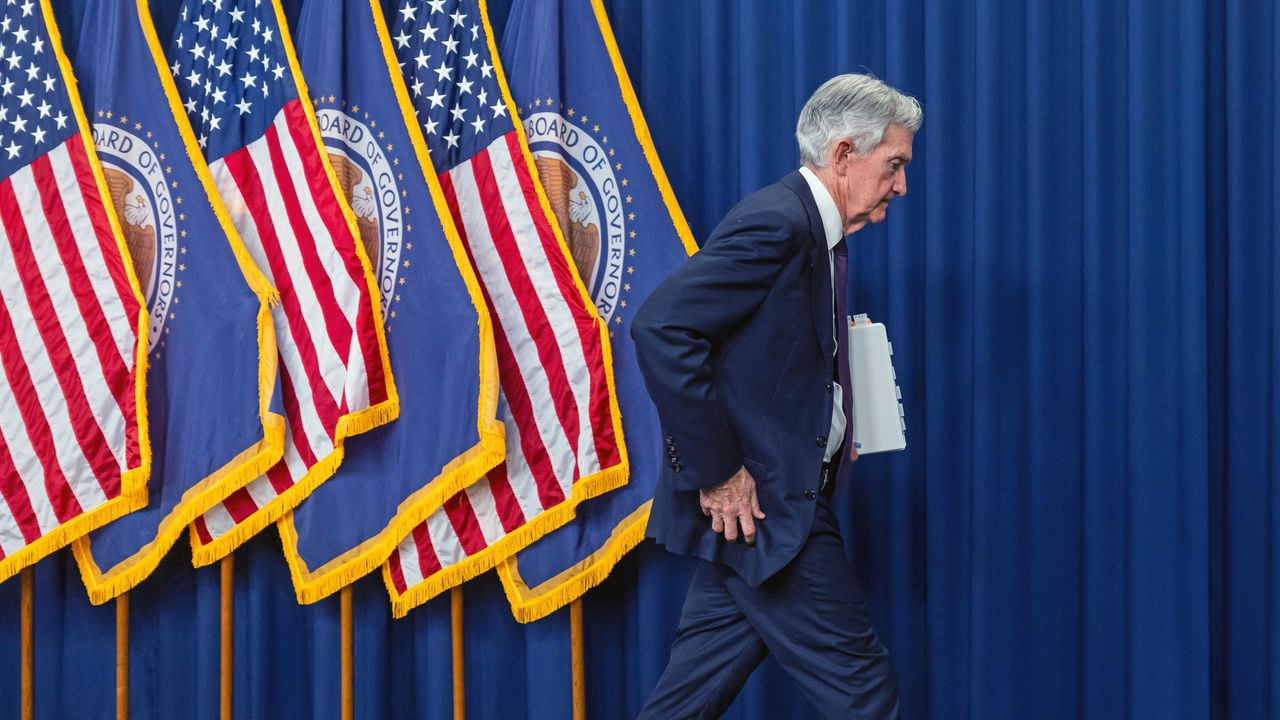What the Latest Federal Reserve Interest Rates Mean for the Economy in 2025

The Federal Reserve holds significant sway over the ebb and flow of the US economy. Its influence comes largely from setting benchmark interest rates—a critical decision that shapes everything from consumer loans to business investments. As 2025 unfolds, all eyes remain fixed on federal reserve interest rates, wondering how these choices will ripple across markets and everyday life.
The Current State of Federal Reserve Interest Rates
In May 2025, the Federal Reserve announced that it would hold interest rates steady for a third consecutive meeting. This decision keeps the benchmark rate in the range of 4.25% to 4.5%, reflecting ongoing uncertainty in both domestic and global economic conditions. According to a recent summary from The Economist, the central bank cited increased risks from both inflation and unemployment, tied in part to ongoing global trade tensions and domestic fiscal policy shifts.
The labor market continues to show resilience, with unemployment rates remaining low. However, Federal Reserve officials have warned that the risks of higher inflation have not faded, and concerns about so-called 'stagflation'—simultaneous slow growth and rising prices—linger.
Factors Influencing Recent Interest Rate Decisions
Federal reserve interest rates are shaped by complex factors. Inflation trends, the strength of the labor market, global trade policies, and the state of consumer sentiment all play a role. This year, economic uncertainty has been fueled by shifting trade dynamics and consumer attitudes.
A recent CNN Business article highlighted Federal Reserve Chair Jerome Powell's cautious stance. He emphasized that, "uncertainty is pervasive" and that policymakers prefer to wait for clearer economic signals before adjusting rates. The decision to keep rates unchanged is supported by steady job growth and solid consumer spending, even as risks loom on the horizon.
Implications for Businesses and Consumers
The choice to maintain current interest rates affects Americans in several ways. For businesses, stable rates offer some predictability for borrowing and investment, at least in the short term. Consumers could see consistent rates on loans and mortgages, which may help sustain household budgets.
However, lingering uncertainty about inflation and the potential for lower economic growth can dampen optimism. Persistent inflation pressures and the possibility of stagflation could complicate future rate decisions. Policymakers remain alert to shifts in both job data and price trends, ready to respond if conditions change sharply.
According to The Economist, President Trump has publicly called for lower interest rates, pressuring the Fed for cuts to stimulate the economy. But central bank officials maintain their independence, focusing on economic data over political pressure.
Looking Ahead: What Could Trigger a Rate Change?
As 2025 progresses, attention will stay focused on federal reserve interest rates and factors that might prompt a policy pivot. Signs of rising unemployment, persistent high inflation, or worsening trade tensions could force the Fed’s hand. While the central bank remains on hold for now, officials underscore that their outlook could shift quickly if the data justifies it.
For more context on recent policy decisions and expert perspectives, visit CNN Business for detailed analysis or The Economist for a global overview.
Conclusion: Staying Informed Amid Economic Shifts
Federal reserve interest rates will continue to be a focal point for investors, policymakers, and ordinary Americans alike. Staying informed on the latest decisions and understanding the factors at play can help you navigate the changing economic landscape. Keep an eye on trusted sources and federal reserve announcements as the year unfolds—changes in rates can come quickly when economic signals shift.